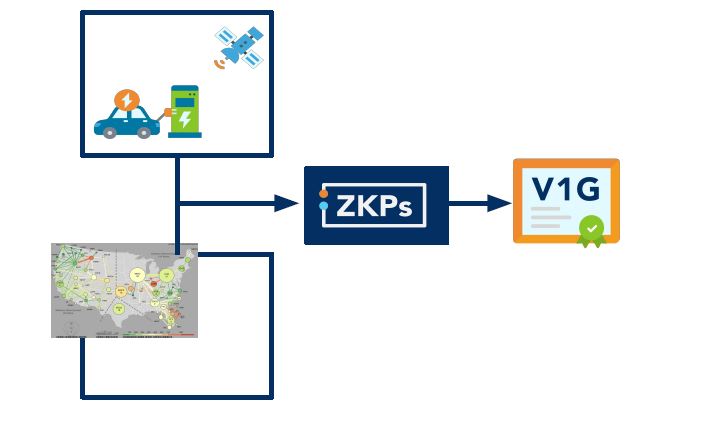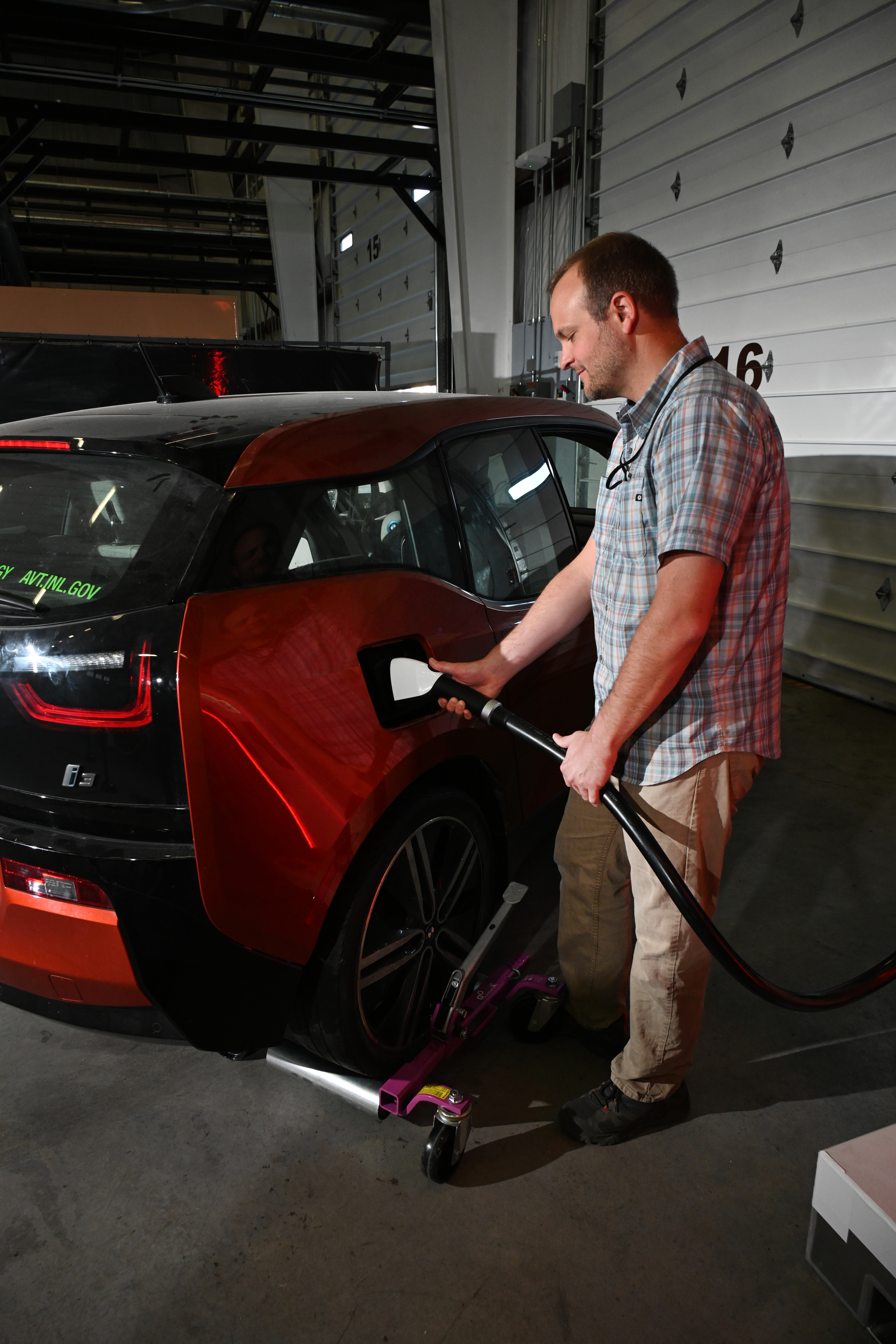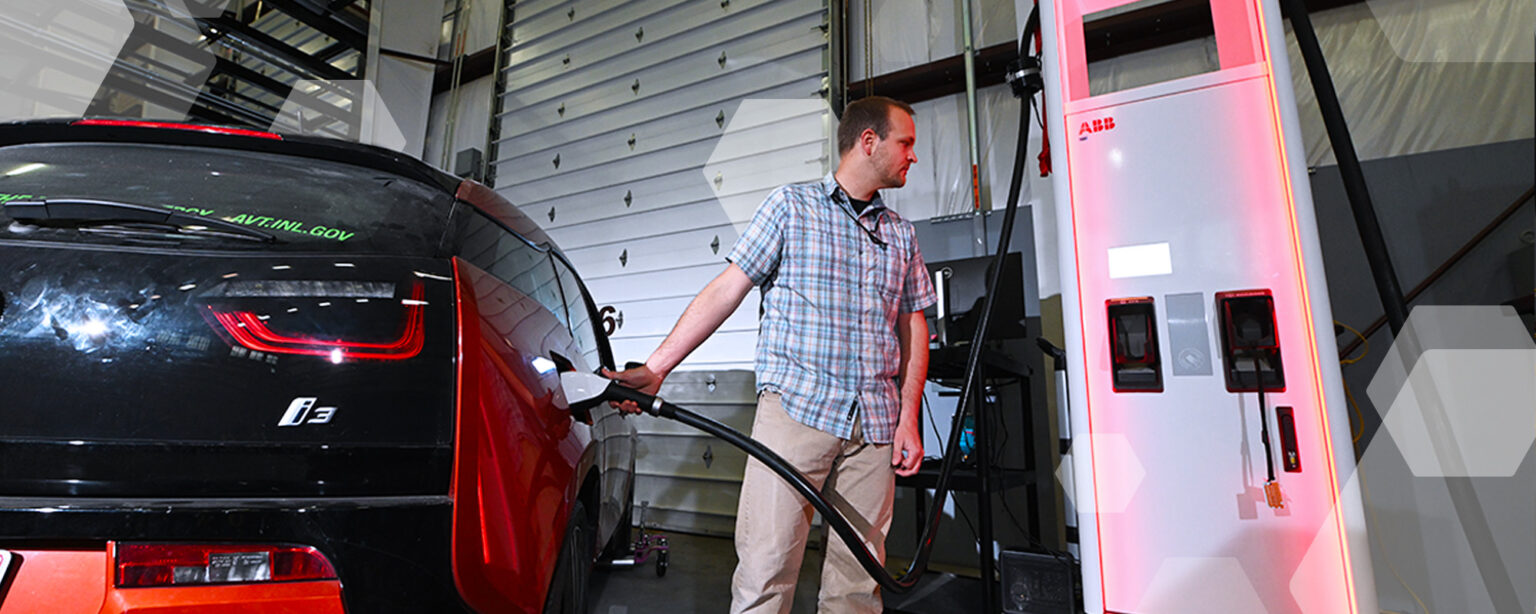United States’ policymakers, auto manufacturers, energy companies and ultimately citizens are investing trillions of dollars into electrifying vehicles. The purpose is to increase new electric vehicle sales to more than 50% of total sales by 2030, helping reduce the nation’s carbon emissions.
Now that the money is being spent on research and development, consumer incentives, and other program initiatives, there’s one question that must be answered: are these efforts reducing carbon emissions?
VIA Science Inc., CEO Colin Gounden says the ability to track carbon source data is important and necessary to achieving the goal, especially considering the sizable investment being made.
“Organizations, companies and the government want to know if their money went into the right place and that carbon is actually getting reduced,” he said.
VIA – a U.S.-based software company – developed a software platform that extracts and verifies data about the electricity charging an EV battery. Simply, it can tell you how much carbon exists within the energy source providing the charge. Critically, the software does this without compromising the privacy of the EV owner or revealing the location, time and date of charging.
The privacy component makes this technology particularly unique, Gounden said, as it brings peace of mind to EV owners reluctant to share information. The software is “zero-knowledge proof” — a cryptographic concept where one party can prove to another that it knows a specific piece of information without revealing the actual information itself, demonstrating knowledge without disclosing the content.
With a zero-knowledge proof, you can demonstrate your knowledge by opening the door without disclosing the password. Most are likely familiar with the method in cryptocurrency. For example, an individual wants to prove that they transferred a digital asset from one person to another without revealing each party’s identity, bank account information, and without an intermediary like a bank.

Enlisting INL’s expertise through TAP
To accelerate market adoption, VIA wanted to assess the software’s components and capabilities and make sure it was a viable and accurate product. To do this, the company enlisted the expertise of Idaho National Laboratory through the lab’s Technical Assistance Program (TAP), which provides organizations and small businesses free access to the laboratory’s world-class expertise, state-of-the-art facilities, and advanced research capabilities.
Gounden said he was impressed with the INL team, which included Eduardo Treviño, Chris Ritter and Eric Dufek.
“The level of engagement [with us] was sophisticated,” Gounden said. “They had interest in the mathematics, technical implementation details, and software engineering and asked very specific questions to understand it.”
Running it through its paces
INL’s Treviño approached the project with an interactive, in-depth, multifaceted evaluation to adequately assess the software. He asked VIA a lot of questions and focused on a few key areas, he said, including:
- Mathematical Review: Examining the underlying mathematics to ensure its soundness and relevance.
- Code Inspection: Conducting an in-depth review of the available code to gauge its efficiency, scalability and security.
- Application Telemetry: Compiling provided code, accessing a provided end point and assessing the software’s performance. INL observed memory usage and CPU telemetry to ascertain its responsiveness, robustness and potential for scale.
“When you’re doing this technical analysis, you need a lot of information,” Treviño said.
In the end, Treviño concluded that the mathematical approach and the software worked. He noted in his report that it had potential to become an industry standard for providing credible, verifiable and privacy sensitive carbon data.

Beyond EVs
The software is drawing interest from customers – both in government and in industry, and Gounden is eager to accelerate commercial deployments. There’s also potential for this methodology to be applied to other aspects beyond just cars, such as building infrastructure and hydrogen.
As a company that is working toward creating cleaner, safer and more equitable communities, Gounden said it’s an exciting time to innovate technologies that can help make it happen.
Partnerships
These partnerships are key to INL’s success in changing the world’s energy future and securing our nation’s critical infrastructure.
INL’s Technology Deployment Manager Jason Stolworthy said collaborations between industry and government facilitate the exchange of ideas and technologies, driving innovation to create important solutions to the world’s energy problems.
“Our future is much brighter and vastly more enriched through successful collaborations between the laboratory and industry,” Stolworthy said. “To be able to assist VIA through TAP is a great opportunity for the lab to assist in solving the world’s energy needs.”







